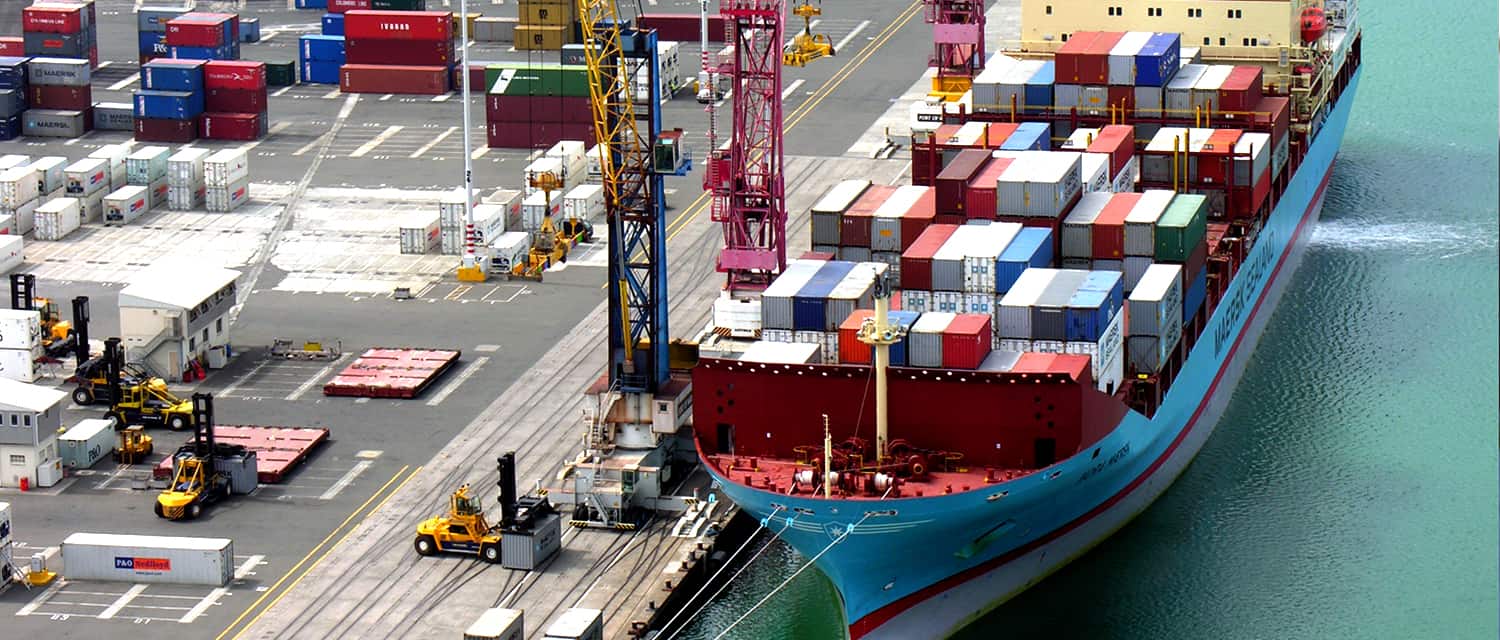When it comes to shipping a car overseas, one of the first things that you…

Increasing Container Dwell Times are Taking a Toll
Increasing container dwell times are taking a toll at the ports of Los Angeles and Long Beach, further exacerbating congestion at the busiest U.S. port complex.
Truck turn times in October were the worst on record in Los Angeles-Long Beach, even though container volume growth was modest. Val Noronha, president of Digital Geographic Research, tracks turn times in the harbor using GPS technology and finds this development to be troubling.
If container volumes in October had been exceptionally strong, as they were in September, it could be assumed the ports had reached their saturation capacity. However, the ports reported combined growth of only 3 percent in October, leading Noronha to conclude that “something else was going very wrong.”
The culprit, it appears, is that containers are sitting on the docks longer, congesting the terminals, and requiring double-handling. According to a study by INTTRA, a shipping industry portal that provides container visibility in the supply chain, dwell time in Los Angeles-Long Beach was up more than 40 percent in October compared to the same month last year.
Longer container dwell times set off a domino effect of reduced productivity throughout the supply chain, Noronha said. “As turn time worsens, containers don’t get picked up on time, they remain on the dock, increasing stack occupancy, which slows down time further,” he said.
The lengthy dwell times and extra handling of containers were reflected in man-hours worked by longshoremen in Los Angeles-Long Beach in October. According to the Pacific Maritime Association website, man-hours paid to longshoremen in October averaged 489,596 per week, a 34 percent increase over the same month last year. That means it took 34 percent more labor to handle a 3 percent increase in cargo volume.
The blame for the extra labor requirements can be placed in part on the International Longshore and Warehouse Union. According to press releases from the PMA, the ILWU has orchestrated an ongoing campaign of work slowdowns at West Coast ports. In Los Angeles-Long Beach, the ILWU has refused to dispatch sufficient skilled equipment operators in the container yards, according to the PMA.
The ILWU and PMA have been negotiating a new contract since May. They failed to reach an agreement by the July 1 deadline, and slowdowns and shorting terminals of skilled labor are ongoing problems contributing to port congestion, the PMA said. The ILWU denies that it is engaging in work slowdowns, but rather said that decisions by carriers to deploy ever-larger vessels, and at the same time to stop providing chassis to their customers, are the primary causes of port congestion.
Noronha described how the congestion problems at the marine terminals reverberate throughout the supply chain. Containers arrive off-schedule at retailers’ distribution centers and “deadhead” trips (bobtails, bare chassis and empty container repositionings) increase. Chassis shortages led to the hoarding of chassis by cargo interests and marine terminals, he said.
Congested marine terminals are causing vessels to back up at West Coast ports. According to the Marine Exchange of Southern California, eight container ships were at anchor in Los Angeles-Long Beach Monday morning. That was four less than on Sunday, but, normally, vessels proceed directly to berth rather than going to anchor to await berth availability.
PMA said Monday that the work slowdowns continued up and down the coast, with all of the major West Coast gateways being affected. The employers’ group last week criticized the ILWU for suspending “big-table” negotiations on coastwide issues until Dec. 2 to focus on subcommittee discussions involving local port issues.
The ILWU responded that was not the case at all. “There never was any discontinuation of coastwide issues. The issues being discussed now are coastwide,” ILWU spokesman Craig Merrilees said. Previous use of subcommittees demonstrated they can be more agile than the big-table talks, he said. Subcommittee talks between the PMA and ILWU continued Monday.
Noronha said several recent developments in Los Angeles-Long Beach indicate that solutions to the congestion problems may be in the works. Most of the 13 terminal operators have begun to stagger their lunch breaks and evening dinner breaks so the terminal gates remain open continuously for the entire shifts. Chassis-leasing companies have pledged to begin unrolling a gray chassis concept by Feb. 1, 2105, and the two ports have made available vacant sites in the harbor area for the dray-off and storage on containers and chassis.




Comments (0)